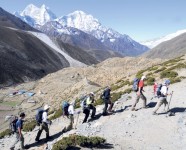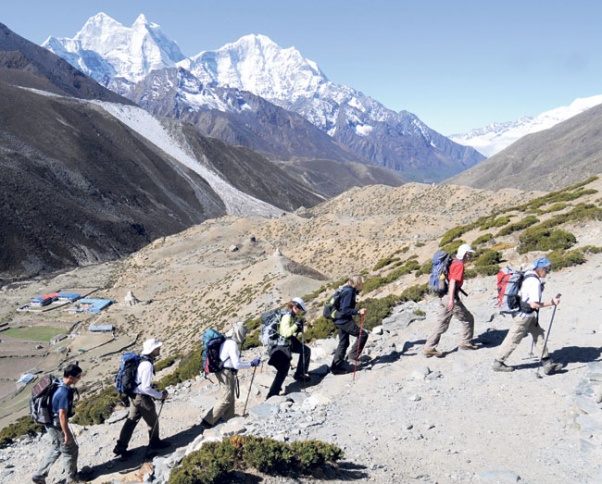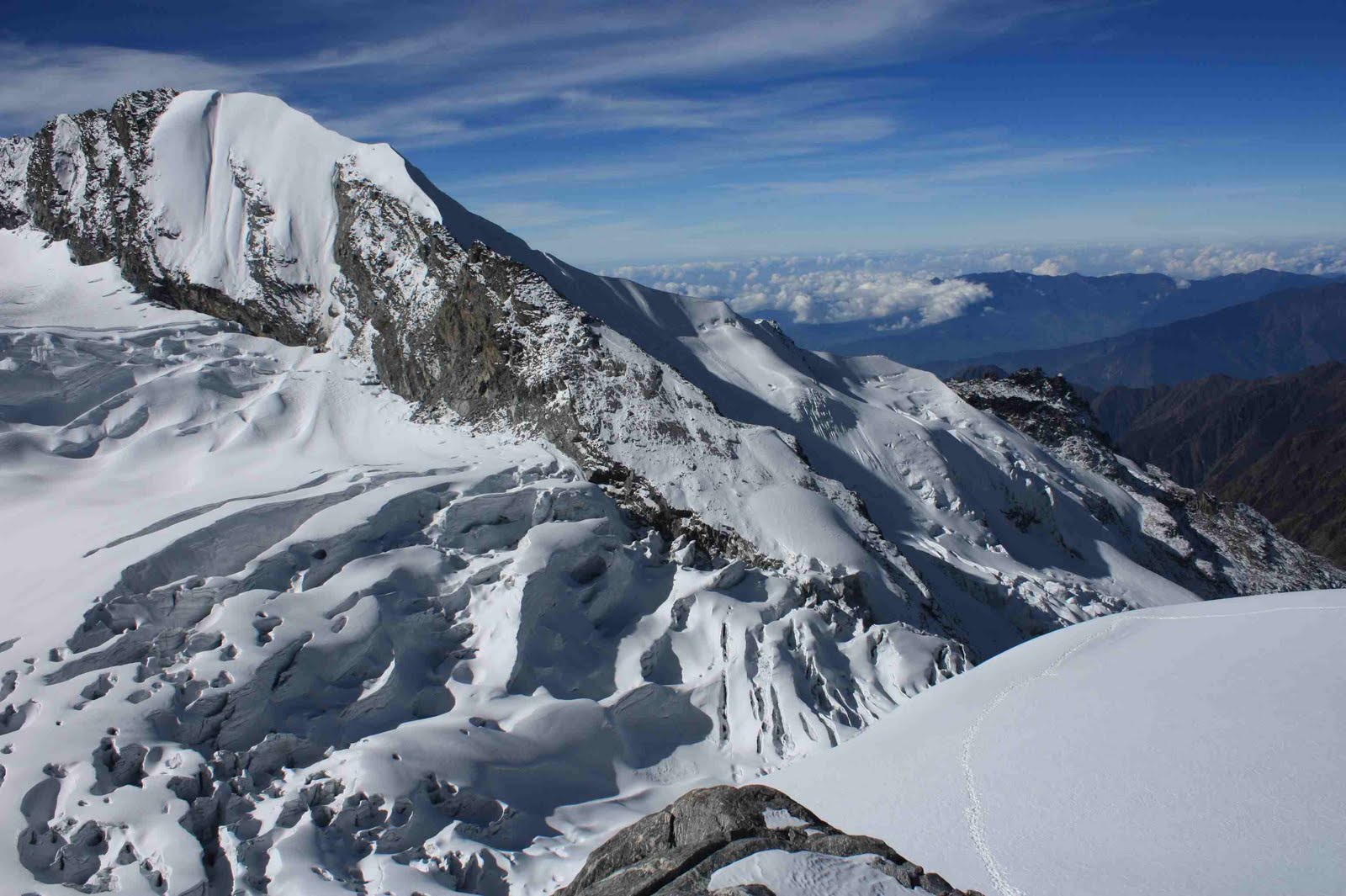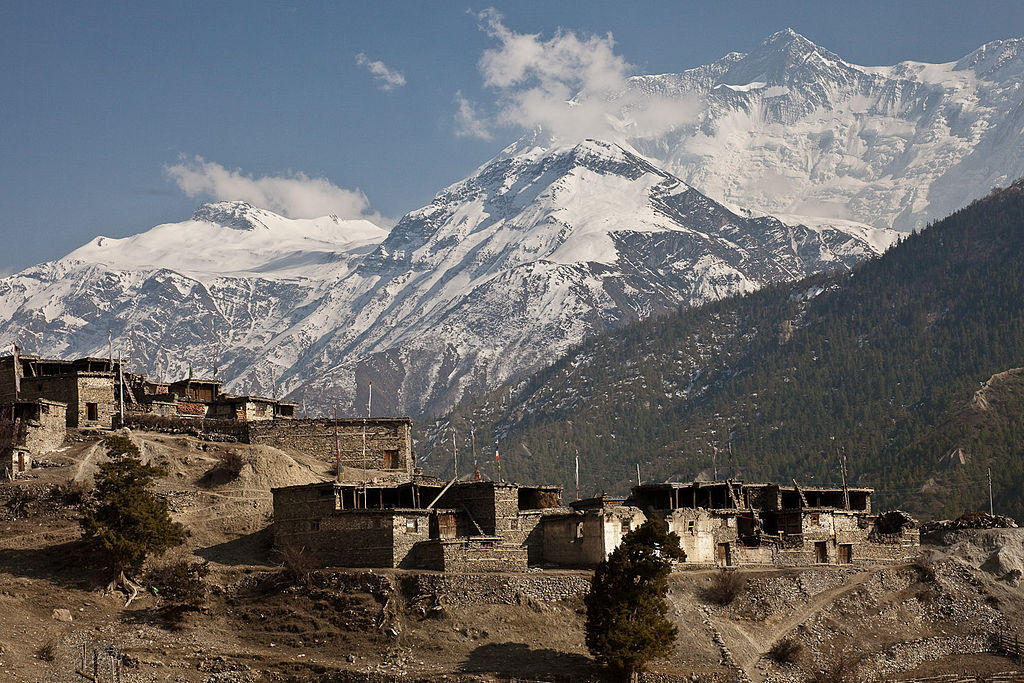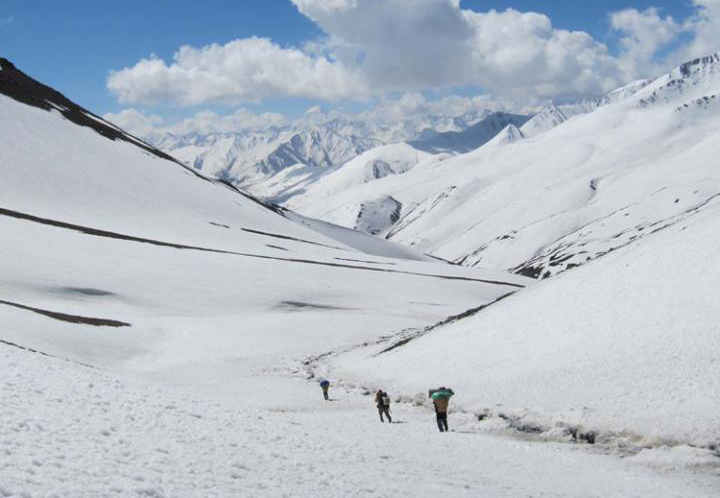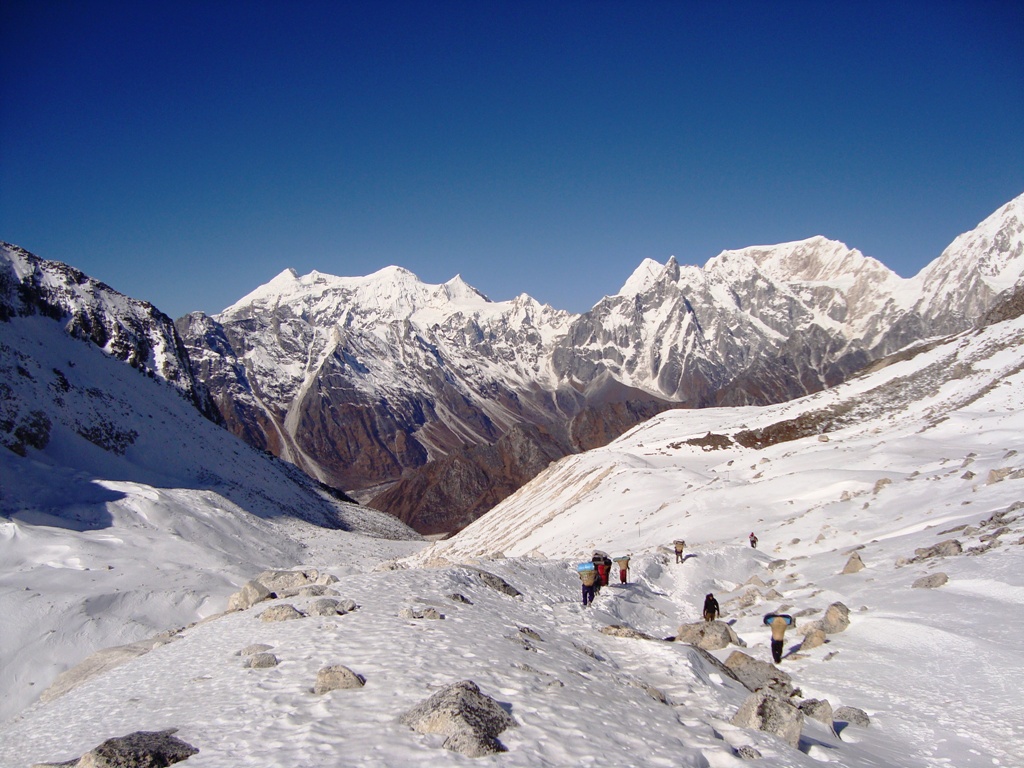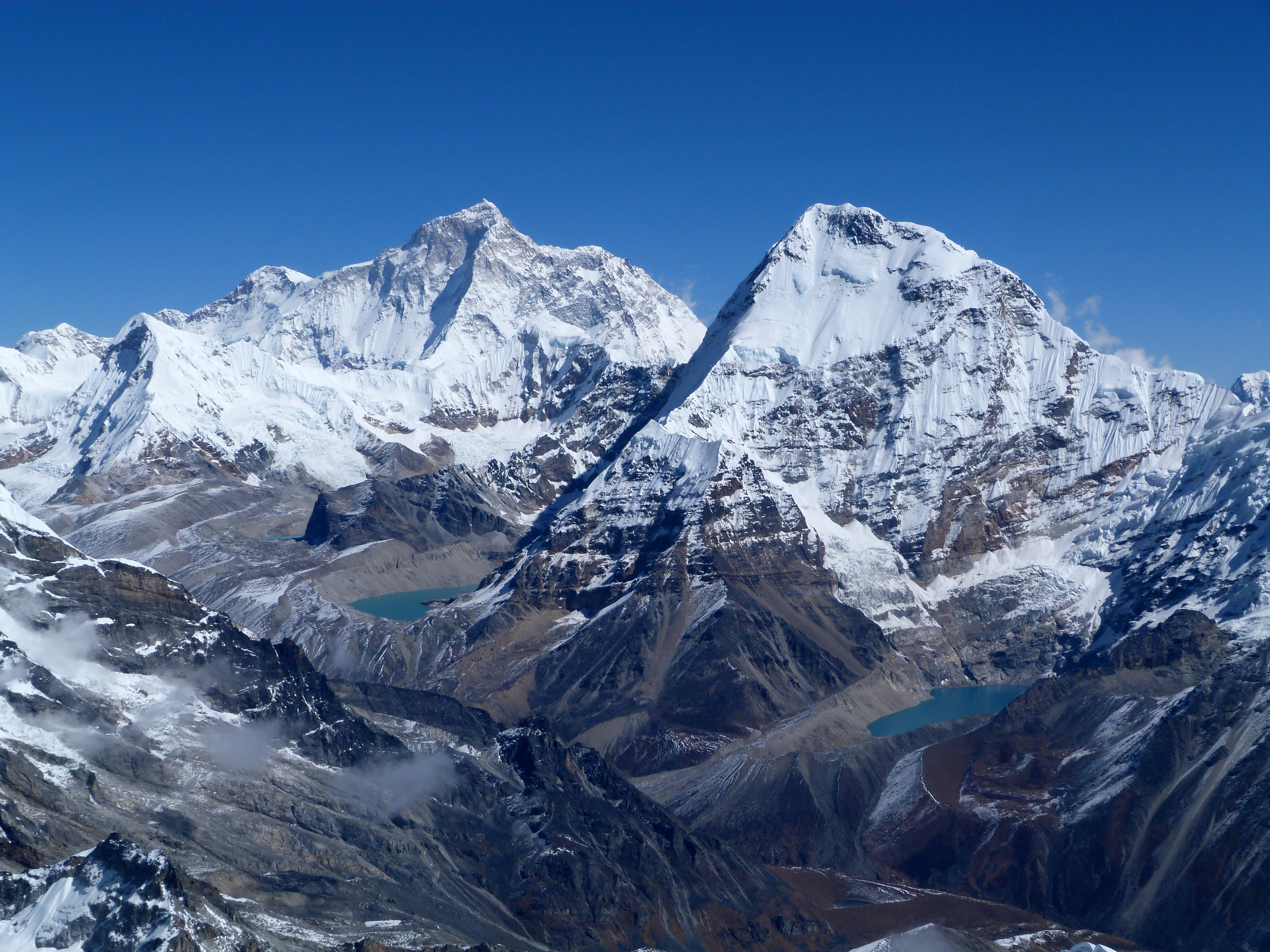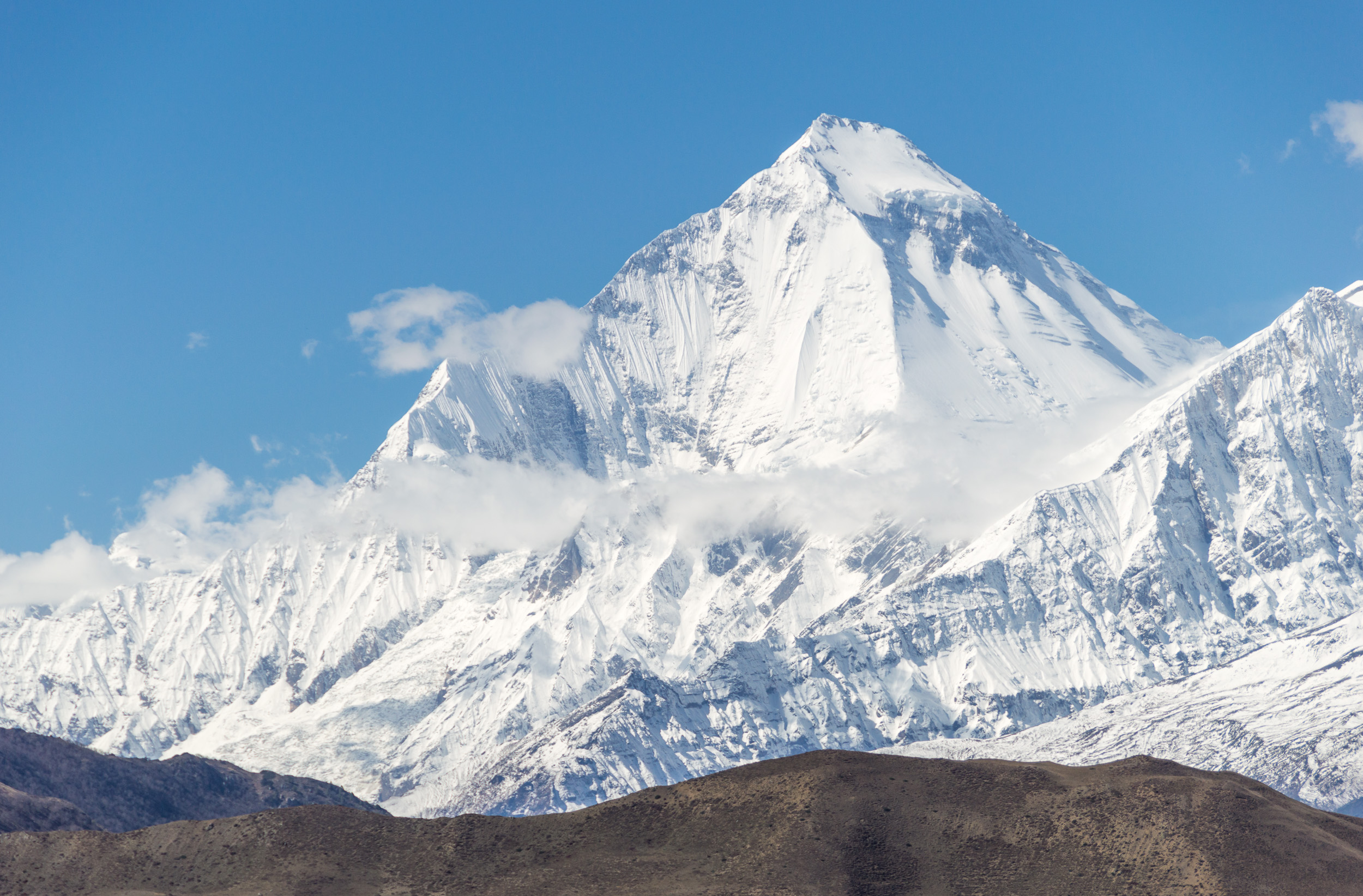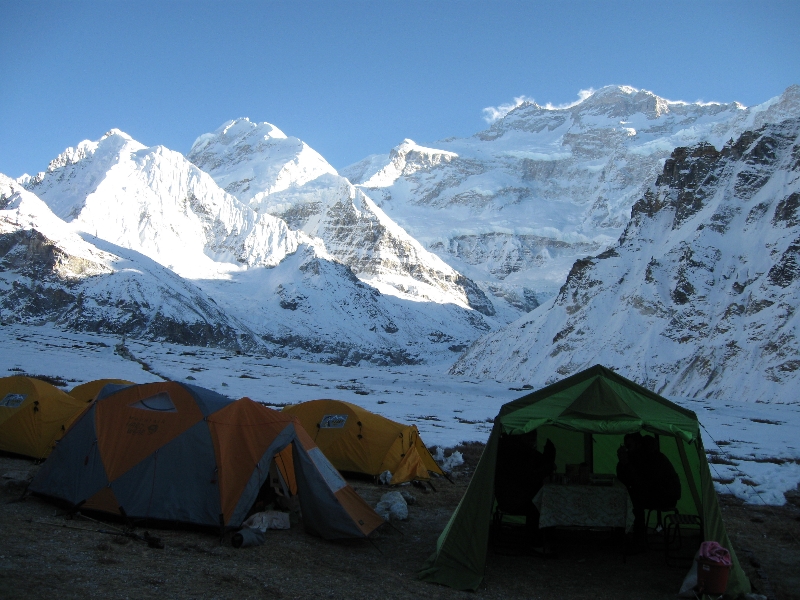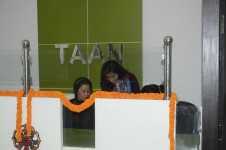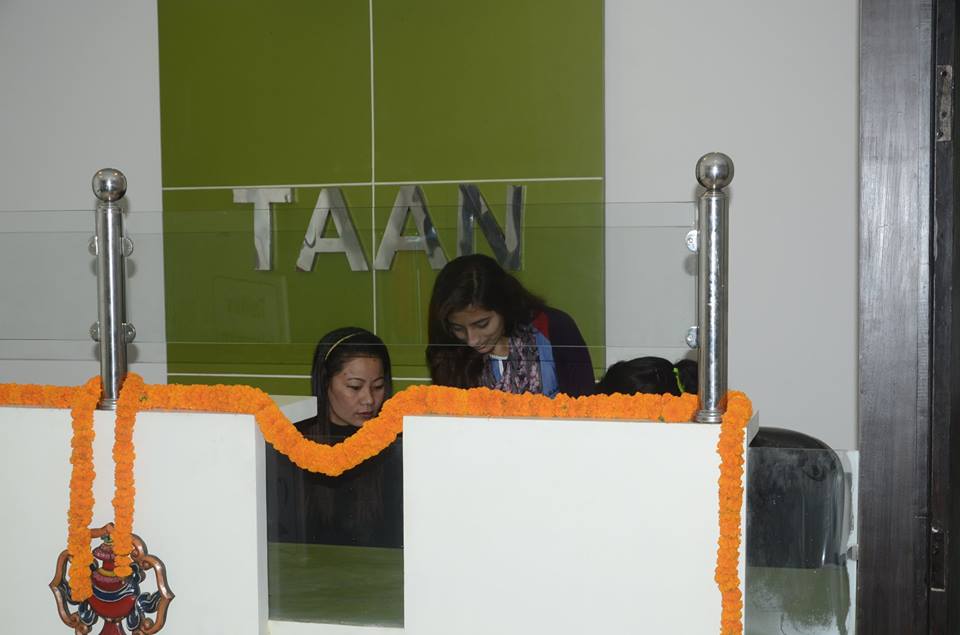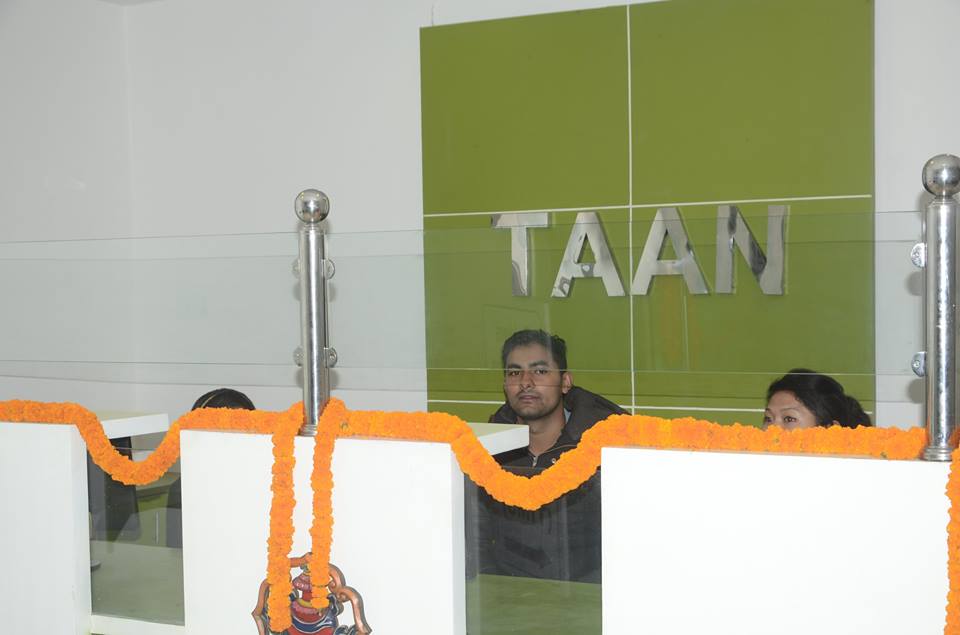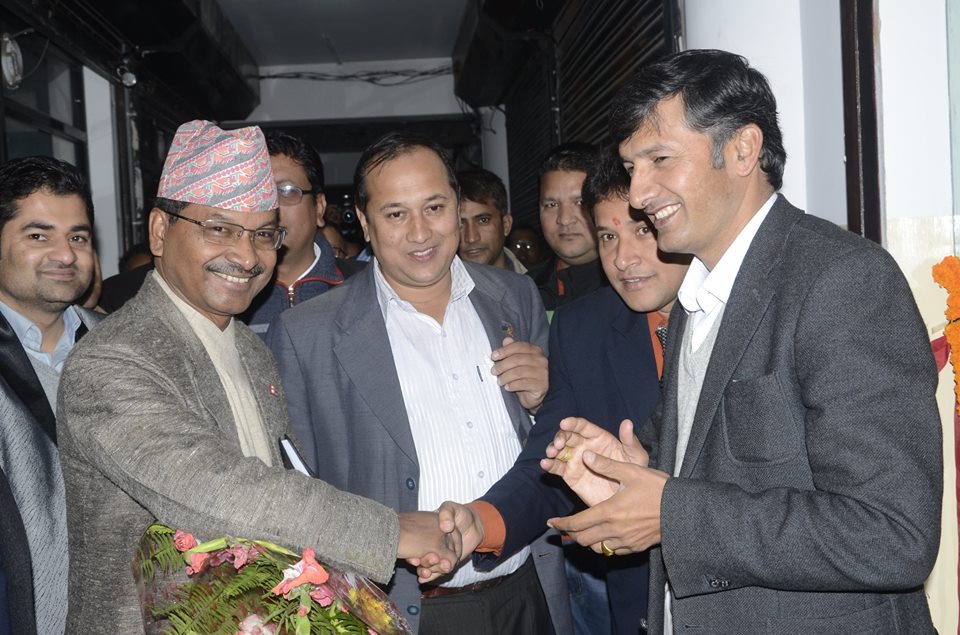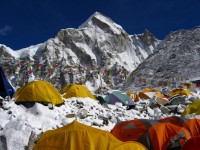
Nepal is a country of beautiful scenic landscapes with an abundance of both natural and cultural heritage. Although being a small landlocked country right in between two Asian giants China and India, Nepal has only been able to prosper so much economically or even infrastructure wise in all these years and still remains quite underdeveloped compared to its neighbors due to the fact that it hasn’t really gained any political stability whatsoever, even after so many years have passed since the dismissal of the Monarchs from the country in 2008. With so much culture and tradition poured into one small piece of land, most tourists that come here are attracted by the various forms of art and cultures that Nepal has to offer. Over a 100 different castes and societies live peacefully among each other within the boundaries of this small piece of heaven. ‘’Unity in diversity,’’ is the closest one could come to while defining Nepal and its people, if they had to do it using a single phrase.
Now, that it’s been said, coming back to our topic – tourism industry in Nepal has always shown quite the potential needed to compete with or become a tourist-hub like Switzerland; with three of the highest mountains in the world and various other peaks at stray, several hundred rivers all suitable for adventure rafting, ideal safari and wildlife areas and so much more to explore should certainly make Nepal the most attractive destination for adventure tourism, shouldn’t it? Well, the government of the country thinks otherwise and seems as if they would rather be overtly consumed with their self-empowerment-schemes than actually caring about the country’s heritage or even the future at the least.
Anyways, here we have ten of the most amazing places you could travel to while you’re in, or planning to visit Nepal. However, being a Nepali myself I have selected the places on my own discretion so, most of the other popular places to visit in Nepal, especially ones that are advertised a lot on other sites may not be enlisted below… so now… here we have ten of the most life-defining travel destinations in Nepal.
1. Everest Base Camp
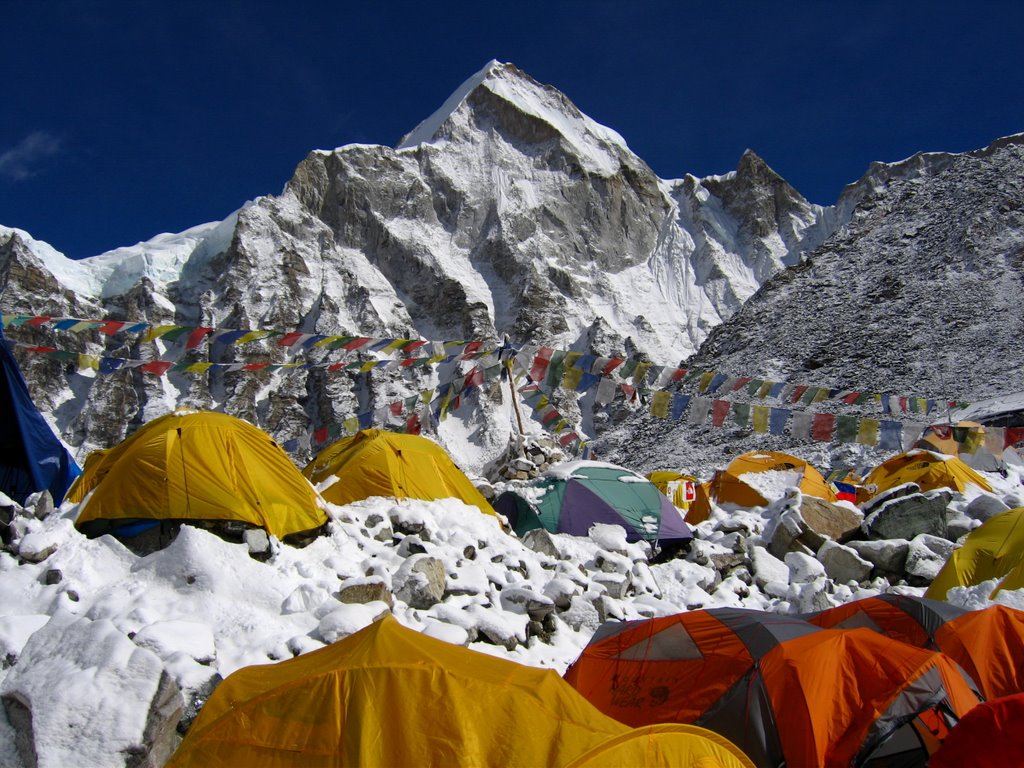
It is certainly acknowledged by everyone that the highest mountain peak in the world Mt. Everest lies in Nepal. As it is not feasible for anyone or everyone to attempt and climb the Everest itself, the trek to Everest Base Camp shall suffice for the experience of conquering Everest, at least experience and feel wise. A trek that lasts 16 days offers an exhilarating flight to Lukla, then a trek through lush rhododendron forest and stone walled traditional villages, to the Sherpa Land, Namche and all the way to the village of Phortse Gaon where one can witness magical peaks of Everest and Nuptse and various other mountain ranges. The journey involves plenty of challenges and requires a high level of fitness. The camp lies at an altitude of 5,364 meters. The camp is a more of a rest point for Climbers looking to climb the Everest and they rest there for several days for acclimatization to reduce the risks of severity of altitude sickness; however it makes for an extravagant adventure tourism spot for any adventure enthusiasts.
2. Poon Hill
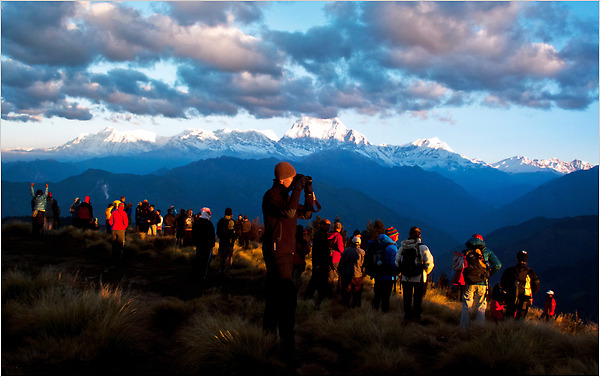
Poon hill is the view point in the Annapurna foothills that offer unobstructed and magnificent mountain views. The Ghorepani and Poon Hill trek is a colorful foray into the Annapurna Region which starts and ends in Pokhara. The trail goes through patchwork valleys, dense mossy forests and past icy waterfalls where one can stop to cool off and rest. On the way to Poon hill around every corner is a tantalizing glimpse of the high mountains, whole horizon of which is revealed to you as you reach the higher points of your trek. The trek to Poon hill certainly one not to miss out on if you are planning to visit Nepal anytime soon.
3. Chitwan National Park
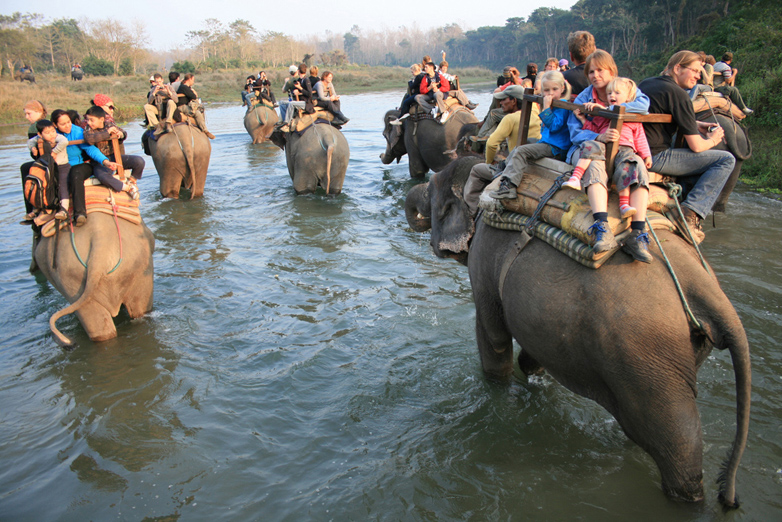
This was the very first National Park established in Nepal in the year 1973 and was granted the status of a World Heritage Site in 1984. Formerly called the Royal Chitwan National Park, it was renamed to only Chitwan National Park after the dismissal of the royal family. The park covers an area of 932 square kilometers and is located in the subtropical Inner Terai lowlands of south-central Nepal in the district of Chitwan. It is certainly one of the most popular tourist destinations in Nepal, with several lodges and hotels providing full accommodations inside the park along with elephant-jeep-safaris, rafting tours and guided jungle walks. The park is a sheer example of wildlife exploration and all the different kinds ofbirds and vegetation that provide importance to its existence.
4. Gosaikunda Lake
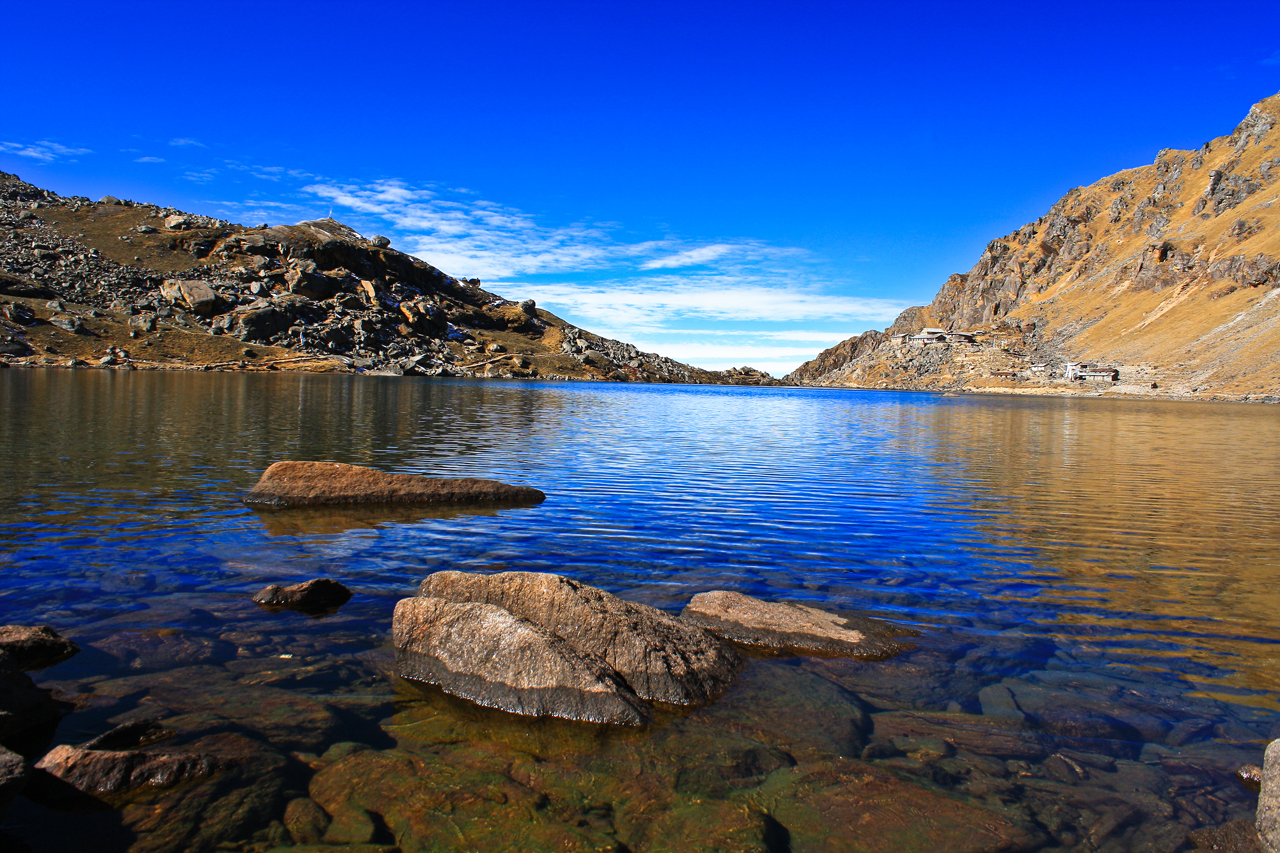
Situated inside the Nepal’s Langtang National Park and located at an altitude of 4,380 in the Rasuwa district covering an area of 1,030 ha, Gosaikunda is an adventure travel destination that has been delineated as a religious site according to Hindu mythology. It is basically an alpine freshwater oligotrophic lake surrounded by spectacular mountainous view and is a significant place of interest in the Dhunche-Helambu trekking route. This trek adjoins the Langtang valley trek in the same district and the two treks can be combined, this trek can easily be done teahouse style due to the availability of hotels and lodges all along the trekking route.
5. Panch Pokhari
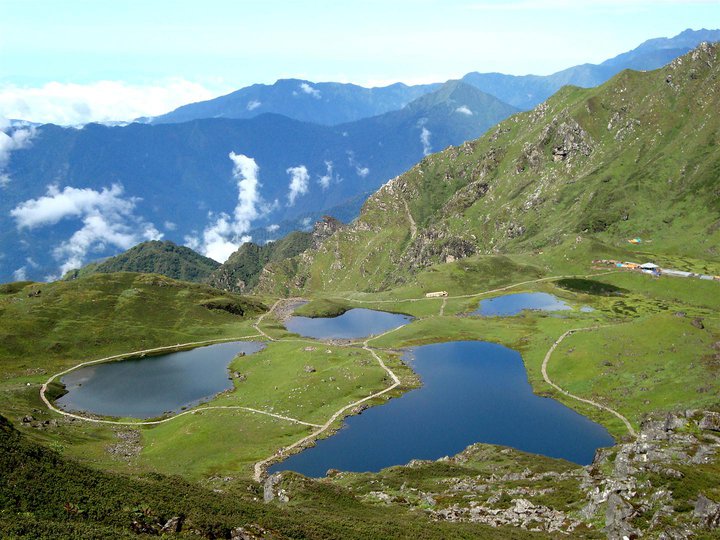 Panch Pokhari is Nepali for ‘five lakes’ at the base of Jungal Himal, which are considered to be holy and of religious importance. The trek to Panch Pokhari is a 12 days trek to these five holy lakes through untouched traditional villages in the presence of spectacular Himalayan landscapes. The trek offers pristine mountain views, rich culture and genuine adventure combined with unsurpassed scenic beauty and biological diversity as you make your way to a group of high altitude lakes, sacred to both Buddhist and Hindu people.
Panch Pokhari is Nepali for ‘five lakes’ at the base of Jungal Himal, which are considered to be holy and of religious importance. The trek to Panch Pokhari is a 12 days trek to these five holy lakes through untouched traditional villages in the presence of spectacular Himalayan landscapes. The trek offers pristine mountain views, rich culture and genuine adventure combined with unsurpassed scenic beauty and biological diversity as you make your way to a group of high altitude lakes, sacred to both Buddhist and Hindu people.
6. Khaptad National Park
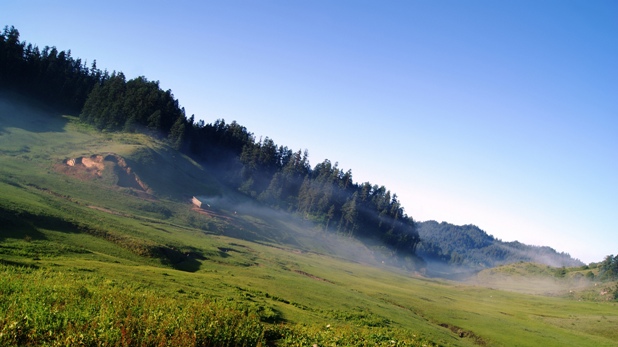 Khaptad National Park is a protected area in the Far-Western Region of Nepal which was established in 1984 on the advice of the region’s holy man Khaptad Baba. The Park stretches over four districts of Bajhang,Bajura, Accham and Doti and covers an area of 225 square km. The landscape consists of steep slopes, streams and moorland. It is considered to be one of the best scenic landscapes Nepal has to offer, with various landscapes and species of birds and animals along with different kinds of vegetation it surely is a place where almost none of the beauty has been rearranged by human hands. Certainly a place where one can experience the true essence of tranquility and peace.
Khaptad National Park is a protected area in the Far-Western Region of Nepal which was established in 1984 on the advice of the region’s holy man Khaptad Baba. The Park stretches over four districts of Bajhang,Bajura, Accham and Doti and covers an area of 225 square km. The landscape consists of steep slopes, streams and moorland. It is considered to be one of the best scenic landscapes Nepal has to offer, with various landscapes and species of birds and animals along with different kinds of vegetation it surely is a place where almost none of the beauty has been rearranged by human hands. Certainly a place where one can experience the true essence of tranquility and peace.
7. Rara Lake

Rara taal is the biggest lake situated within the borders of Nepal, which lies at an altitude of 2,990 m above sea level and covers an area of 10.8 square kilometers. The lake is surrounded by Rara National Park on all sides, the park was established in 1976 to preserve the beauty of the lake and protect the unique floral and faunal importance of the rare and vulnerable species found around the lake. The trek to Rara has been a popular destination for many trekkers, with a very rough route in the western part of Nepal. The trek begins with a flight to Jumla, and a mountainous trek follows after that, where one would pass many villages untouched by all the hassle in the world and finally reaching the banks of the Rara Lake which was aesthetically described by GORP founder Bill Greer as, ‘’a shimmering blue jewel set in a ring of snowy peaks.’’
8. Upper Mustang

The Upper Mustang trek can also be called a peek into the hidden world of Buddhist kingdom of Mustang, also called Lo. Lo used to be a part of the Tibetan empire, and is therefore very closely related to Tibet; not only the culture, also the landscape is very much related to Tibet. Surrounded by rocks in all kinds of colors and bizarre formations, Mustang is mostly a barren landscape where the villages with their bright colored fields are like Oasis in the deserts. Mustang lies in the shadow of the Dhaulagiri region and is a complete desolate landscape. The culture of the people living there is one of the major attractions for tourists and visitors alike.
9. Annapurna Base Camp (ABC)
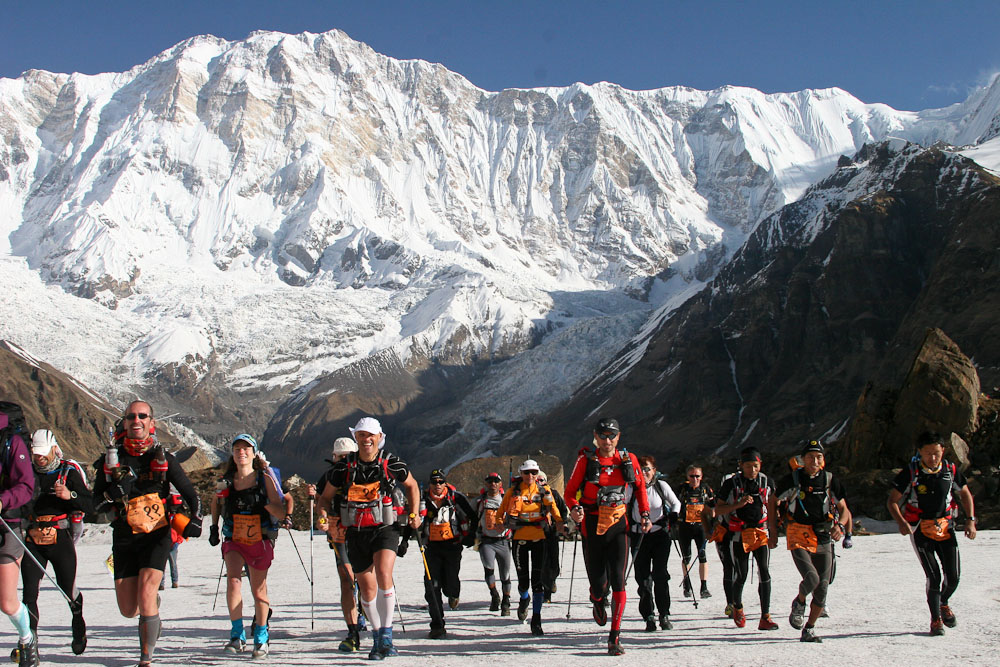 With terraced rice paddies, luscious rhododendron forests, and high altitude landscapes along with the Annapurna range in view most of the times, Annapurna Base Camp trek is certainly one of the most popular treks in the Annapurna region. It combines so many different landscapes and perhaps is the only trek which brings you closer to the base of 7,000-8,000 m high peaks in such a short duration of time. The trek is almost 7 to 11 days long, depending on the trekker’s itinerary and the length of walking days. ABC can be trekked almost any time of the year; however in the winters the base camp is sometimes closed due to the level of snow; according to experts’ springtime is certainly the most appealing time to visit ABC due to the full bloom of the rhododendron forests which gives the trek a truly majestic feel.
With terraced rice paddies, luscious rhododendron forests, and high altitude landscapes along with the Annapurna range in view most of the times, Annapurna Base Camp trek is certainly one of the most popular treks in the Annapurna region. It combines so many different landscapes and perhaps is the only trek which brings you closer to the base of 7,000-8,000 m high peaks in such a short duration of time. The trek is almost 7 to 11 days long, depending on the trekker’s itinerary and the length of walking days. ABC can be trekked almost any time of the year; however in the winters the base camp is sometimes closed due to the level of snow; according to experts’ springtime is certainly the most appealing time to visit ABC due to the full bloom of the rhododendron forests which gives the trek a truly majestic feel.
10. Tilicho Lake
 It is one of the highest lakes in the world at an altitude of almost 5,000 meters located in the Annapurna range of the Himalayas in Manang district of Nepal. Anyone attempting to do the Annapurna Circuit route usually cross these watersheds between Manang and Kali Gandaki valleys above the 5,000 meters high Thorong La pass. Various lodges have been built between Manang and the Lake, but there aren’t any accommodation sites or even teahouses past the Tilicho Base Camp lodge. Tilicho Lake and the trek as a whole is a very revitalizing experience, yet a very demanding and an extremely adventurous terrain, not meant for everyone, only the adventure junkies so-to-say.
It is one of the highest lakes in the world at an altitude of almost 5,000 meters located in the Annapurna range of the Himalayas in Manang district of Nepal. Anyone attempting to do the Annapurna Circuit route usually cross these watersheds between Manang and Kali Gandaki valleys above the 5,000 meters high Thorong La pass. Various lodges have been built between Manang and the Lake, but there aren’t any accommodation sites or even teahouses past the Tilicho Base Camp lodge. Tilicho Lake and the trek as a whole is a very revitalizing experience, yet a very demanding and an extremely adventurous terrain, not meant for everyone, only the adventure junkies so-to-say.
Source: Elist10.com






